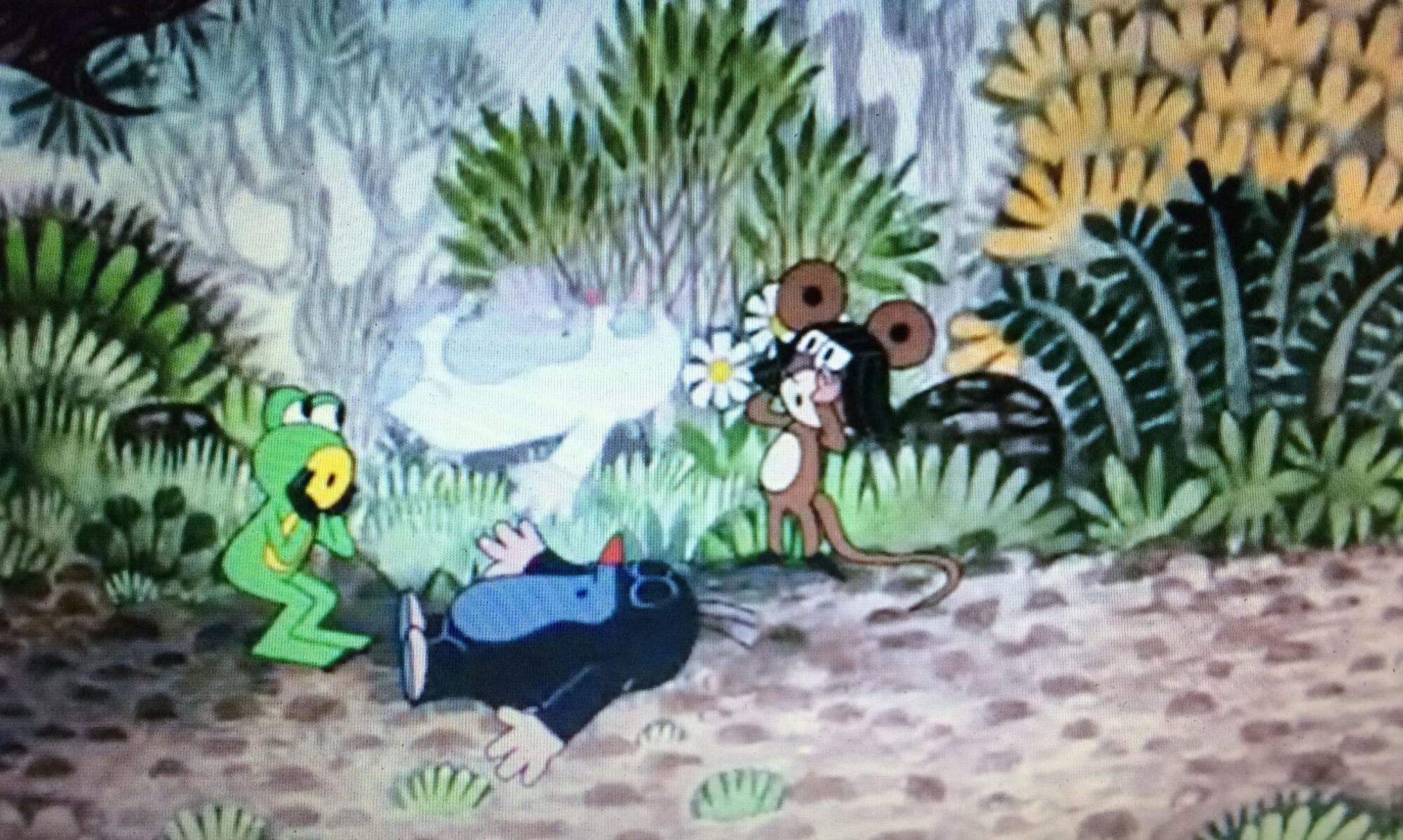It seems we can’t find what you’re looking for. Perhaps searching can help.

www.traumabasedmindcontrol.com
Netzwerk gegen Folter an (Klein)Kindern | Network against torture on toddlers and children

www.traumabasedmindcontrol.com
Netzwerk gegen Folter an (Klein)Kindern | Network against torture on toddlers and children
It seems we can’t find what you’re looking for. Perhaps searching can help.